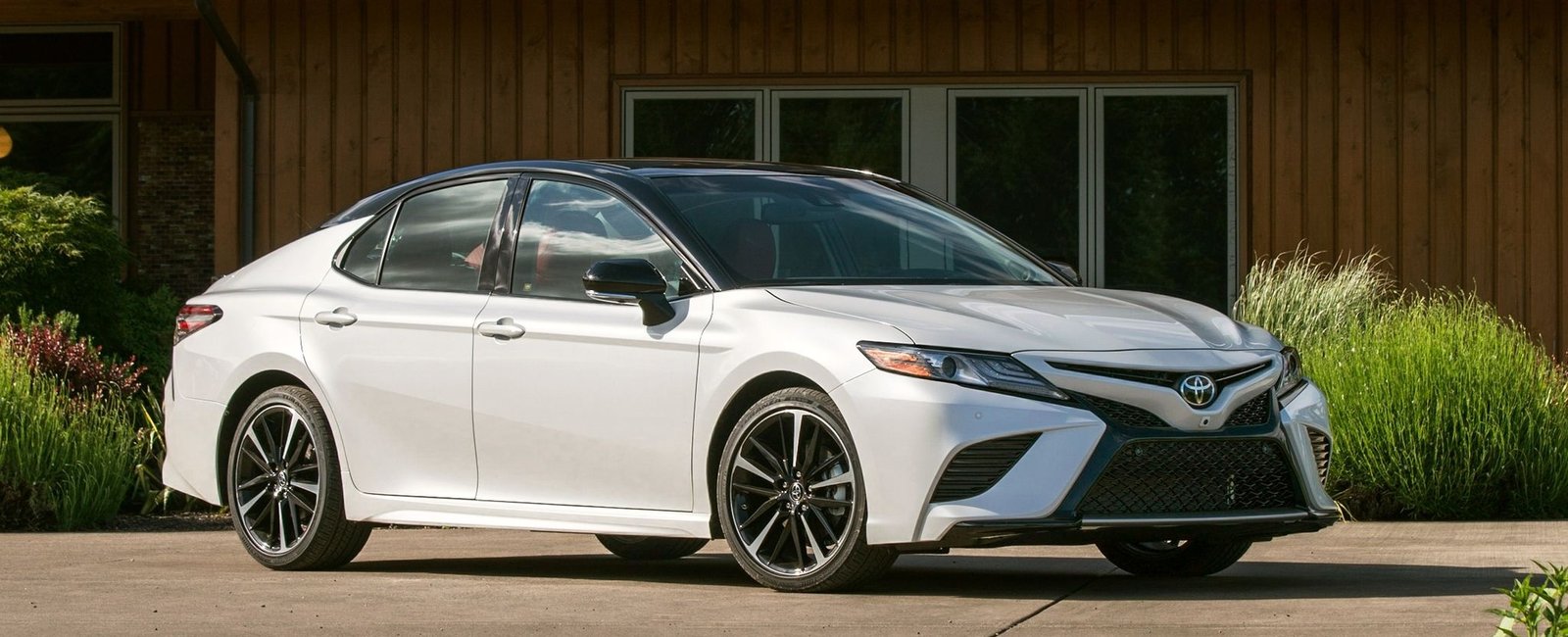A New Era in Indian Naval Might Begins
When Prime Minister Narendra Modi stood on the flight deck of INS Vikrant on September 2, 2022, he wasn’t just commissioning a warship — he was announcing India's arrival as a self-reliant military force on the global stage.
INS Vikrant isn’t just steel, bolts, and radar — it's a statement. A bold declaration that India can design, build, and deploy one of the most complex machines in military history — a full-scale aircraft carrier.
What Makes INS Vikrant So Special?
Let’s begin with the obvious: INS Vikrant is 100% Made in India. Built by Cochin Shipyard Limited (CSL) under the supervision of the Indian Navy, it stands tall as the first indigenous aircraft carrier (IAC-1) India has ever created.
With a massive 45,000-ton displacement, the warship is essentially a floating airbase. It can carry up to 30 aircraft, host 1,600+ crew members, and sail for thousands of nautical miles without needing to dock. It’s the largest ship ever built in India.
From Blueprint to Sea: The Making of Vikrant
The journey of INS Vikrant wasn’t overnight — it took over a decade of engineering, problem-solving, and innovation.
| Stage | Timeline |
|---|---|
| Keel Laid | 2009 |
| Hull Launched | 2013 |
| First Sea Trials | August 2021 |
| Final Commissioning | September 2, 2022 |
Over 500 Indian companies, including BHEL, BEL, L&T, and even small MSMEs, contributed parts, expertise, and systems to bring this naval giant to life. Nearly 76% of its components are Indian-made, making it a true Make in India marvel.
INS Vikrant: Full Technical Specifications
Here's a breakdown of what INS Vikrant brings to the battlefield:
| Category | Details |
|---|---|
| Displacement | Approx. 45,000 tonnes |
| Length | 262 meters |
| Width (Beam) | 62 meters |
| Top Speed | 28 knots (~52 km/h) |
| Range | 7,500 nautical miles |
| Crew Accommodation | Over 1,600 personnel |
| Aircraft Capacity | Up to 30 aircraft (jets & helis) |
| Propulsion | 4 gas turbines |
| Generators | 9 MW diesel units |
Airborne Arsenal: What Can INS Vikrant Launch?
The core of any aircraft carrier is its air wing. INS Vikrant follows the STOBAR system — Short Take-Off But Arrested Recovery — using a ski-jump ramp for fighter jets to lift off and arrestor wires to land.
Fighter Jets:
MiG-29K – Supersonic, carrier-capable jets currently in service
HAL Naval Tejas – India’s indigenous naval fighter (still being evaluated)
🚁 Helicopters:
MH-60R Seahawks – Multi-role helis for anti-submarine warfare
Kamov Ka-31 – Airborne early warning (AEW&C) helicopters
HAL Dhruv – Indian utility helicopters
This mix of air power allows Vikrant to strike, surveil, rescue, and defend in open waters — all without ever docking.
Defensive and Combat Systems Onboard
While its aircraft pack the punch, INS Vikrant has its own defensive systems to protect against incoming threats:
Barak-8 missile system: Surface-to-air missiles with long-range interception capability
AK-630 CIWS: Close-in weapon systems to destroy incoming missiles or aircraft
Advanced radar and EW suites: Sophisticated sensors for 360-degree awareness and jamming
Combined, these make Vikrant a floating fortress.
Smart Design, Built for War and Peace
Beyond its size, Vikrant is a smart ship — fitted with:
Integrated Platform Management System (IPMS) for real-time machinery monitoring
Combat Management System (CMS) for tracking and engaging threats
Modular design for quicker upgrades
Onboard hospital, cafeteria, desalination plants, and self-sustaining power systems
It’s a city at sea — ready to fight, save, and survive.
🇮🇳 INS Vikrant: Symbol of Atmanirbhar Bharat
One of the biggest triumphs of Vikrant is what it represents — self-reliance in defense manufacturing.
Previously, aircraft carriers like the original INS Vikrant (R11) and INS Viraat were acquired from the UK. But today, India joins an elite club of countries (U.S., UK, France, China, Russia) capable of designing and building an aircraft carrier on their own.
That’s a generational leap in naval capability.
How Does INS Vikrant Compare Globally?
| Carrier | Country | Displacement | Aircraft Carried | Type |
|---|---|---|---|---|
| INS Vikrant | India | 45,000 tons | 30 | STOBAR |
| USS Gerald R. Ford | USA | 100,000+ tons | 75+ | CATOBAR |
| Liaoning / Shandong | China | 65,000-70,000 | 44 | STOBAR |
While not the biggest, Vikrant is highly capable and optimized for regional supremacy — especially across the Indian Ocean Region (IOR).
What’s Next? INS Vishal and Future Plans
India is already preparing for IAC-2: INS Vishal, a larger, nuclear-powered carrier that may use CATOBAR technology with EMALS (Electromagnetic Aircraft Launch System), allowing even heavier aircraft to launch.
INS Vikrant is just the beginning. India aims to maintain a 3-carrier fleet to ensure full-time coverage across both eastern and western seaboards.
Did You Know? Fun Facts About INS Vikrant
Vikrant has 2,300+ compartments, a fully equipped medical bay, and even an aviation hangar with elevators.
It was designed using 3D modeling software to simulate performance even before metal was cut.
The ship can generate its own fresh water from seawater.
A special ₹20 coin was released in Vikrant’s honor.
Read More: What is the S-400 Missile System? Power, Range, and India’s Strategic Game-Changer
INS Vikrant: A Bold Step Toward a Safer, Stronger India
In a world where sea power defines strategy, INS Vikrant gives India an edge — not just militarily but diplomatically and economically. From safeguarding trade routes to deterring potential threats, it’s a floating declaration that India is ready for the 21st-century maritime game.
This ship is more than military muscle. It’s aspiration turned into action, design turned into dominance, and vision turned into victory.
Explore other popular Posts:
Blog | News | Entertainment | Education | Sports |
Technology | Cryptocurrency | Stock | Home | Sitemap





